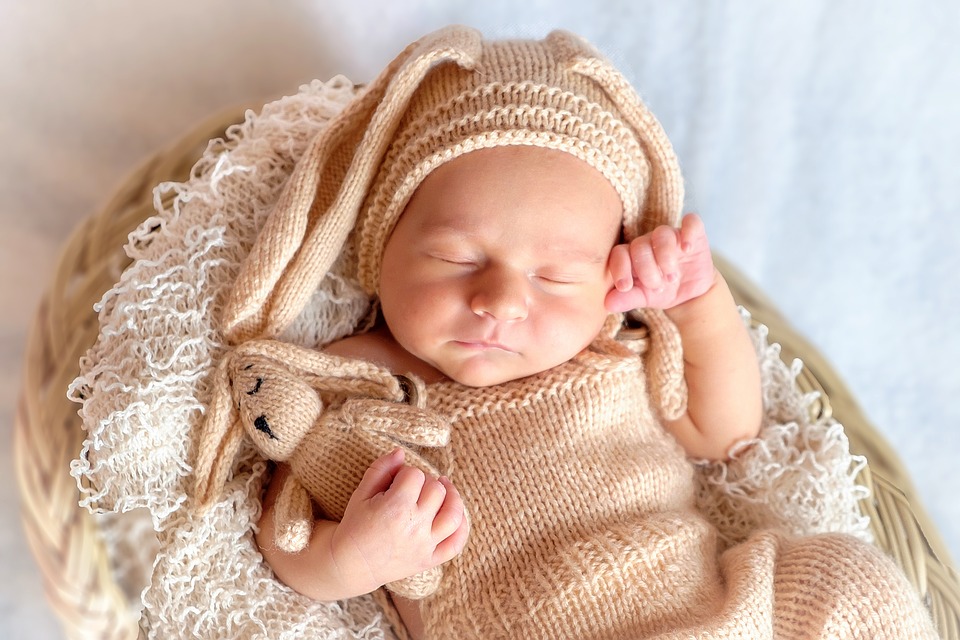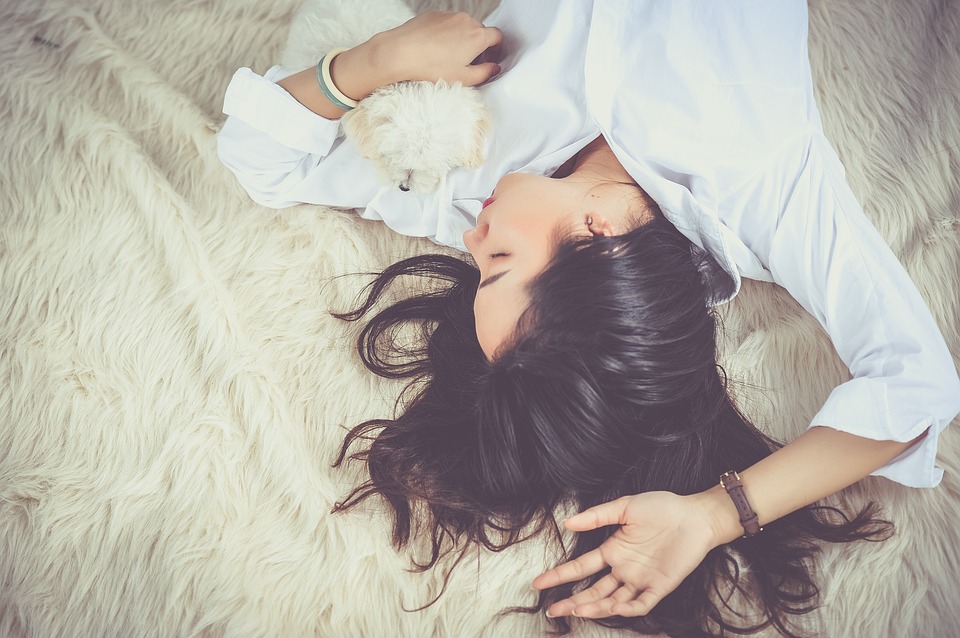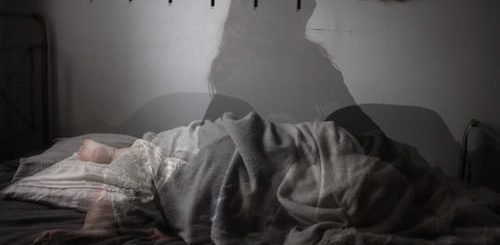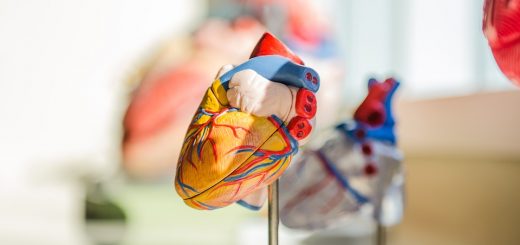What Happens When the Sandman Visits
Did you know that a North Korean defense minister who fell asleep during one of Kim Jong Un’s events was publicly executed with an anti-aircraft gun? Hard to believe, isn’t it? Let’s face it, we’ve all been tempted to have a sneaky nap during a boring work meeting and, honestly, we often feel just as refreshed from a power nap at work as we do after a full night’s sleep in our beds at home.
As you might have guessed, today we will look at an essential element of our lives: sleep!
Sleep Is Necessary
All living creatures –people, animals, fish or even the tiniest insects-have a daily need for sleep or complete rest. Without a period of rest following periods of activity, the mind and body become too tired to work properly. People who go a long time tend to become irritable. They find it difficult to think clearly and concentrate on their work. Sometimes they have hallucinations, where they see or hear things that are not really there. The desire to sleep shows itself by drowsiness, heaviness and dryness of the eyelids and difficulty in keeping the attention fixed.
What Happens during Sleep?

A sleeping person is unconscious- often unaware of what is going on around him or her. But unlike the unconsciousness that comes from fainting or injury, the unconsciousness of sleep can be quickly ended. A strong shake or a loud noise, such as an alarm clock’s ringing will awaken most sleepers at once.
The vital organs continue to work during sleep, but most body functions are slowed down. Breathing is slower and deeper. The heart beats slower and blood pressure is lower. Arms and legs are limp and the muscles that control posture are at rest. Since it would be difficult for a person to achieve this degree of relaxation while awake, sleep offers better opportunities for recovery from fatigue than simply relaxing.
The body’s temperature becomes lower during the hours when a person is asleep, and a lowered body temperature tends to make a person feel chilly. This is why a sleeping person must be covered. People who are accustomed to being up during the day and sleeping at night will have a drop in body temperature at night even when they stay up all night. People who work at night and sleep during the day will have a drop in body temperature during the day, whether they go to bed or not.
People do not remain in one position during their sleep. They shift about and turn from side to side. It is possible to sleep while sitting up or when very tired, while standing. Some animals, particularly birds, regularly sleep in a standing position.
Even though the sleeper is unconscious, many of his reflexes are still active. A sleeping person will pull his foot away when tickled or brush off a fly that has lighted on his forehead. He does not know he is doing these things as the brain’s parts that control voluntary movements are at rest.
The Patterns of Sleep

The depth of sleep does not remain the same throughout the period of sleep. The depth of sleep can be measured by the amount of sound needed to awaken the sleeper. The first cycle of sleep lasts about one and a half hours. During this cycle, deep sleep alternates with lighter sleep. These 1 ½ hour cycles continue throughout the night. Toward the end of the night there is usually more lighter sleep.
Many studies have proven that there are two types of sleep- dreaming and nondreaming sleep. Everyone dreams while they are asleep, although they may not remember the dreams when awake. The ability to dream appears to play a part in making the person feel refreshed and rested upon awakening.
The amount of sleep a person requires varies with each individual. Most adults need from 7 to 9 hours daily. The average 2-year-old needs 12 hours of sleep at night and 1 to 2 hours of nap. Between the ages of 6 and 9 the night’s sleep may be shortened to about 11 hours while a 12-year old may do well with 10 hours of sleep each night. However, these are only some average figures. Some people need more sleep while others need less.
Getting Ready to Sleep
Sleep comes on more readily when a person is relaxed and quiet. Worry or excitement can cause insomnia, a state of sleeplessness. It is not always possible to avoid the disturbing thoughts that keep one awake at night. But some people find that certain routines just before bedtime help them fall asleep. These may be taking a warm bath, reading an amusing story or listening to a soothing story. And let’s us not forget those who like to do the horizontal rumba before slumbering. Wondering how coitus can send you to dream land? Well, besides the sexual bliss you can obtain from an orgasm, your brain tends to release a cocktail of neurochemicals that will make you tired and eventually feel sleepy.
So, are you having a good night’s sleep? Please share your comments!



